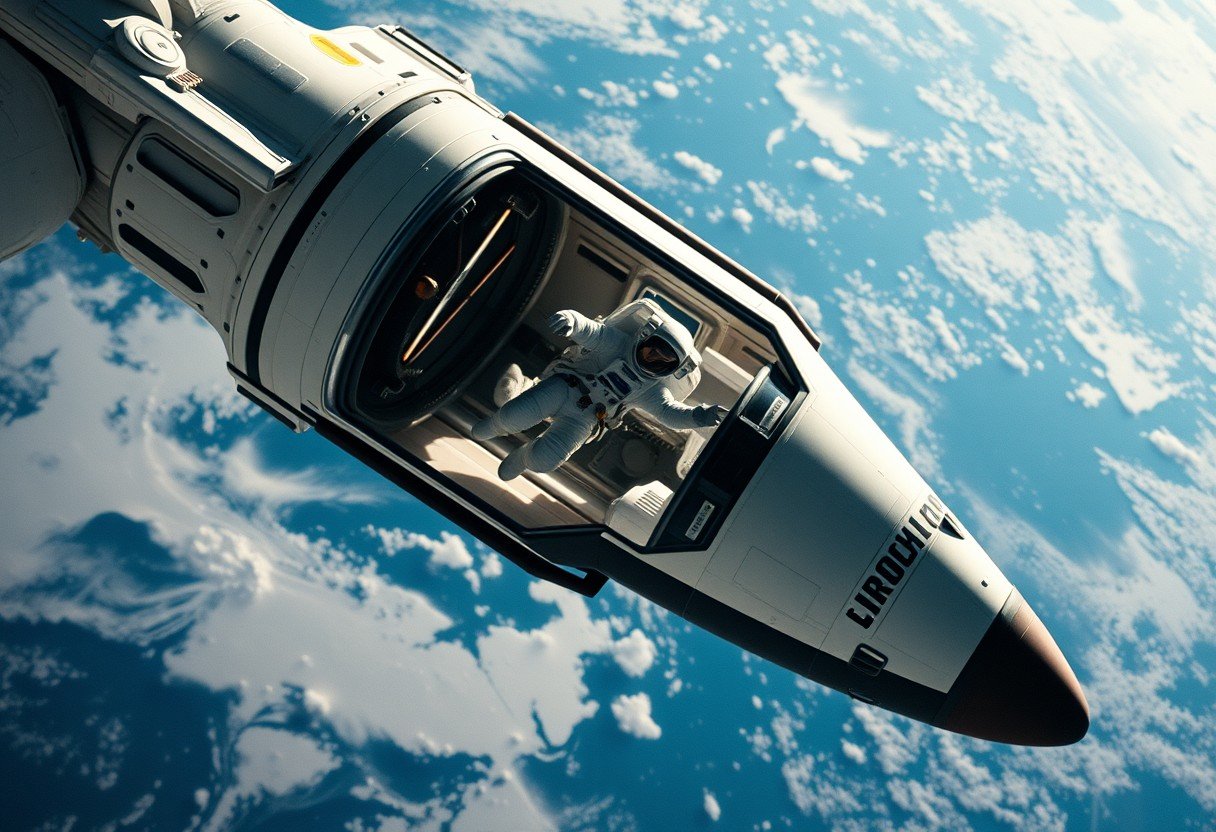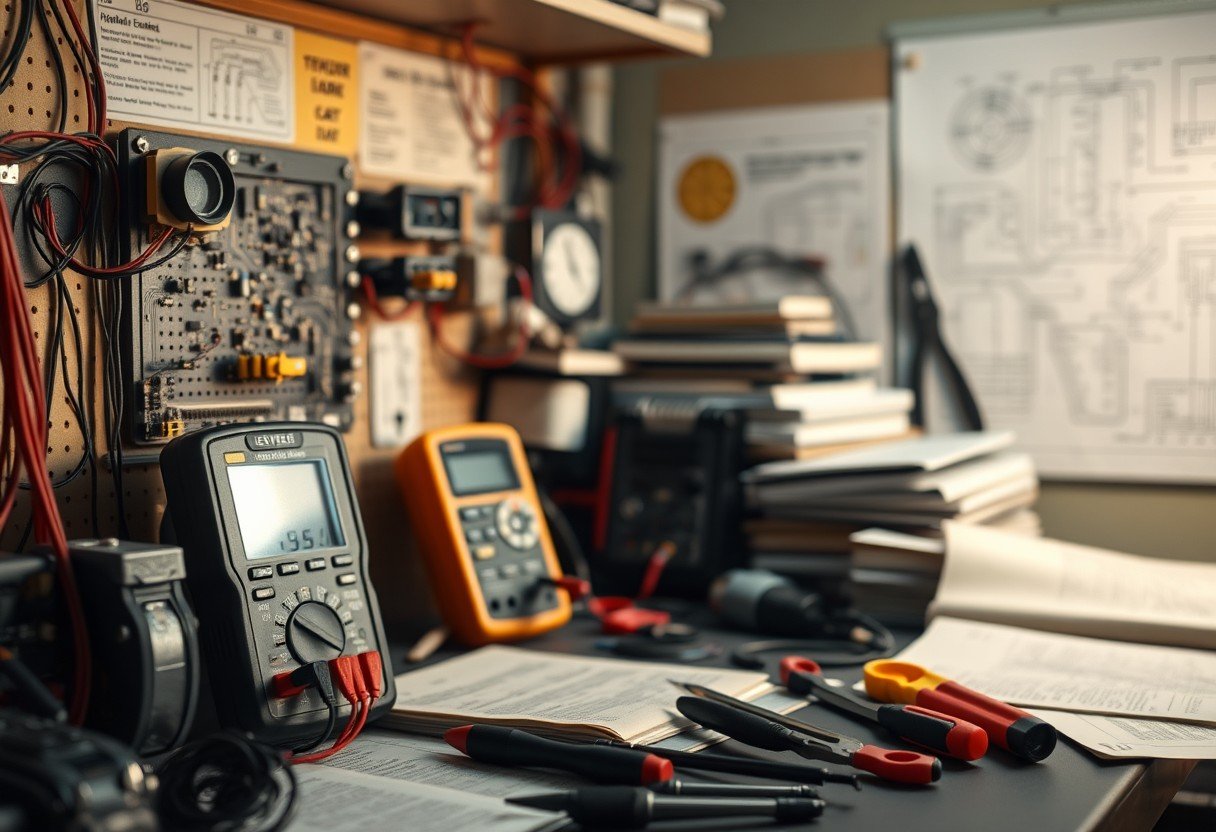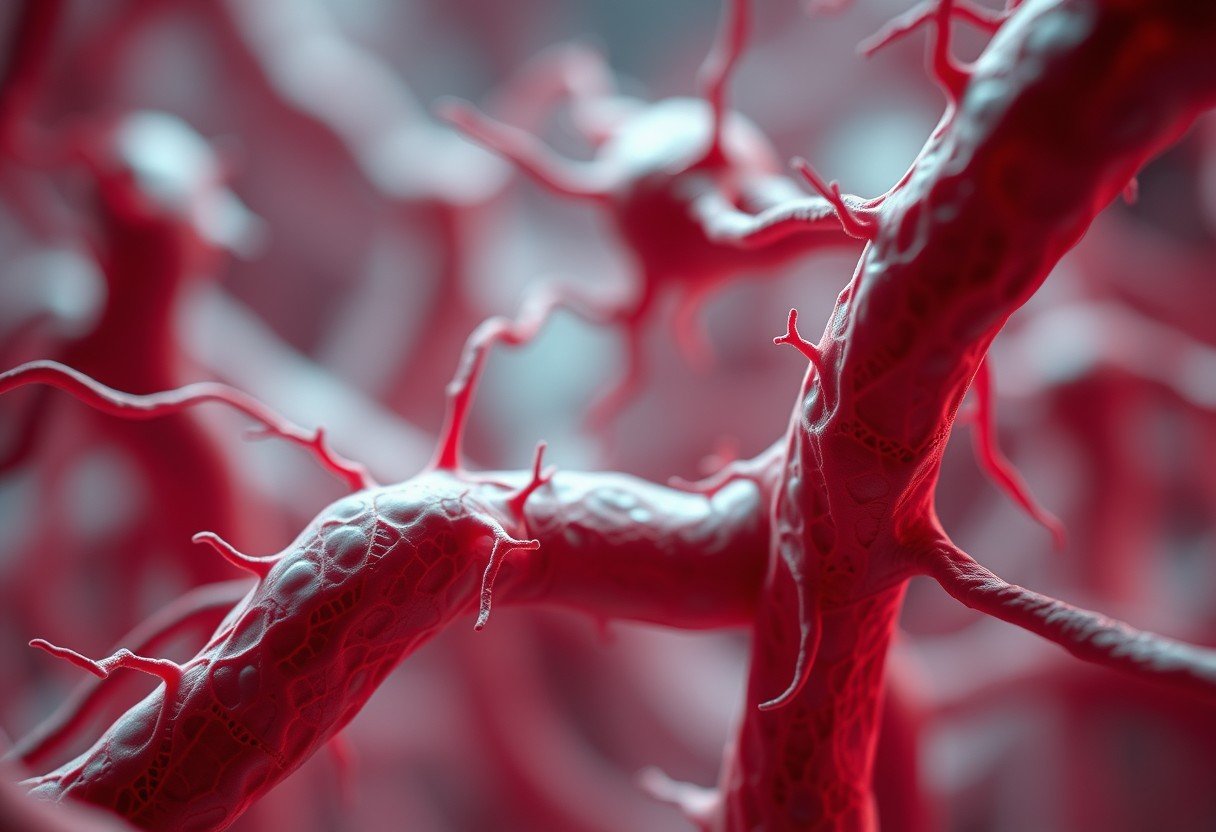Many people believe there is no gravity in space, but astronauts orbiting in the Space Shuttle actually experience about 90% of the gravity we feel on Earth’s surface. So, why do they float? The incredible sensation of weightlessness comes from the shuttle being in a constant state of free fall around our planet. This article will explain this fascinating phenomenon, how it differs from gravity on the ground, and what it means for space travel.
What Exactly is Gravity?
Gravity is the invisible force that pulls objects toward each other. It’s the reason we stay on the ground and why the Moon orbits the Earth. This fundamental force is directly related to the mass of objects and the distance between them. The more massive an object is, the stronger its gravitational pull.
While we often think of gravity as something that keeps us down, it is a universal force that governs the movement of everything in the cosmos. From a dropped apple falling to the ground to the formation of stars and galaxies, gravity shapes the universe we live in. Understanding this force is key to comprehending the motion of celestial bodies and the unique environment of space.
How Strong is Gravity on the Earth’s Surface?
On the surface of our planet, the pull of gravity feels constant and consistent. Scientists measure this force as an acceleration, with the standard value being approximately 9.81 meters per second squared (m/s²). This measurement represents the speed at which an object would fall in a vacuum.
However, the strength of Earth’s gravity is not the same everywhere. Several factors can cause slight variations in the gravitational pull you experience from one location to another.
These factors include:
- Altitude: Gravity is slightly weaker at higher elevations, like on top of a mountain, because you are farther from the Earth’s center.
- Latitude: The Earth is not a perfect sphere; it bulges at the equator. This, combined with the planet’s rotation, makes gravity slightly weaker at the equator compared to the poles.
- Local Geology: The density of the rock and material beneath your feet can also cause minor fluctuations in gravitational strength.
These small differences are crucial for fields like geophysics and are essential for the precise operation of satellite navigation systems.
The Sensation of Weightlessness in the Space Shuttle
When you see videos of astronauts floating inside the Space Shuttle, it’s easy to assume that gravity has disappeared. However, they are actually in a state of microgravity. This term describes an environment where the effects of gravity are not felt, even though the force is still present.
This sensation of weightlessness occurs because the shuttle and its occupants are in a continuous free fall toward Earth. The shuttle travels at an incredibly high speed, around 17,500 mph, which gives it enough forward momentum to constantly “miss” the ground as it falls. Since everything inside the shuttle is falling at the same rate, astronauts and objects float freely relative to the spacecraft’s interior.
Living in microgravity is a unique experience. Simple tasks like drinking water or sleeping require special procedures, as liquids form floating spheres and an untethered astronaut could drift away while napping.
Comparing the Force of Gravity: Earth vs. Orbit
The most surprising fact for many people is how little the force of gravity actually decreases at the altitude of the Space Shuttle. In low Earth orbit, typically around 186 miles (300 kilometers) up, the gravitational force is still about 90% as strong as it is on the surface.
The real difference is not the strength of gravity but how it is experienced. The constant forward motion of the orbit counteracts the downward pull, creating a stable free fall. Here is a direct comparison of the measurements.
| Location | Acceleration due to Gravity (m/s²) |
|---|---|
| Earth’s Surface | 9.81 |
| Space Shuttle (in orbit) | Approximately 8.9 (experienced as near 0) |
This table clearly shows that the gravitational force is still very significant. The “zero gravity” feeling is an illusion created by the dynamics of orbital mechanics.
How Does Microgravity Affect the Human Body?
Spending time in a microgravity environment has significant effects on human physiology. Without the constant resistance of gravity, the body begins to adapt in ways that can be harmful over the long term.
In the short term, astronauts often experience disorientation and motion sickness as their vestibular system, which controls balance, adjusts to the new environment. It takes a few days for the body to recalibrate to floating instead of standing.
Prolonged exposure to microgravity can lead to serious health issues like muscle atrophy and bone density loss. Without the need to support weight, muscles weaken, and bones lose minerals at an accelerated rate. To combat these effects, astronauts must follow rigorous exercise routines for about two hours every day using special resistance equipment. These countermeasures are vital for ensuring they remain healthy enough to return safely to Earth’s gravity.
Can We Create Artificial Gravity in Space?
To solve the health problems associated with long-duration space missions, scientists are exploring ways to create artificial gravity. The most promising concept involves using centrifugal force, the same force that pushes you to the side on a spinning amusement park ride.
By designing a spacecraft or a space station that rotates, it would be possible to create a force that pushes astronauts toward the outer wall, mimicking the sensation of gravity. This would allow them to walk and live in an environment that is much healthier for the human body. Current research focuses on determining the optimal size and rotation speed for such a habitat to provide benefits without causing dizziness or other unwanted side effects.
Frequently Asked Questions about Gravity in Space
Why do astronauts feel weightless if gravity is still strong in orbit?
Astronauts feel weightless because they and their spacecraft are in a constant state of free fall around the Earth. Everything is falling at the same rate, creating the illusion that there is no gravity inside the shuttle.
Is there a place in space with zero gravity?
True zero gravity is practically nonexistent. Gravity is a universal force that extends infinitely, although it gets weaker with distance. Even in deep space, far from any planets or stars, there are still faint gravitational forces from distant objects.
How much weaker is gravity on the Space Shuttle compared to Earth?
At the altitude where the Space Shuttle used to orbit, the force of gravity is only about 10% weaker than it is on the Earth’s surface. The gravitational pull is still very strong and is what keeps the shuttle in orbit.
What are the main health risks of living in microgravity?
The primary health risks for astronauts living in microgravity for extended periods are loss of bone density and muscle mass. Other issues can include a weakening of the cardiovascular system and changes in vision.
How do astronauts exercise to prevent muscle loss in space?
Astronauts use specialized exercise machines designed for microgravity. These include a treadmill with harnesses to hold them down, a stationary bike, and a device that provides resistance for weightlifting-style exercises to keep their muscles and bones strong.








Leave a Comment